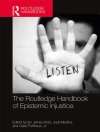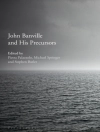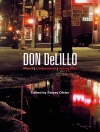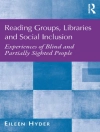This volume presents a collection of original papers at the intersection of philosophy, the history of science, cultural and theatrical studies. Based on a series of case studies on the 17th century, it contributes to an understanding of the role played by instruments at the interface of science and art. The papers pursue the hypothesis that the development and construction of instruments make a substantive contribution to the opening of new fields of knowledge, the development of new cultural practices, but also to the delineation of particular genres, methods, and disciplines. This perspective leads the authors to reflect anew on what actually defines an instrument and to develop a series of basic questions to determine what an instrument is – which actions does the instrument incorporate? – which actions does the instrument make possible? – when do the objects of examination themselves become instruments? – what skills are required to use an instrument, which skills does it produce?
With its combination of new theoretical models and historical case studies, its detailed demonstration of the mutual influence of art and science with the instrument as the point of intersection, this volume enters new territory. It is of great value for all those interested in the history of our perception of instruments.
Besides the editors, the authors of the papers are: Jörg Jochen Berns, Olaf Breidbach, Georges Didi-Huberman, Peter Galison, Sybille Krämer, Dieter Mersch, Hans-Jörg Rheinberger, Wilhelm Schmidt-Biggemann, and Otto Sibum.
Despre autor
Helmar Schramm, Freie Universität Berlin, Germany; Ludger Schwarte, University of Basel, Switzerland; Jan Lazardzig, Freie Universität Berlin, Germany.












